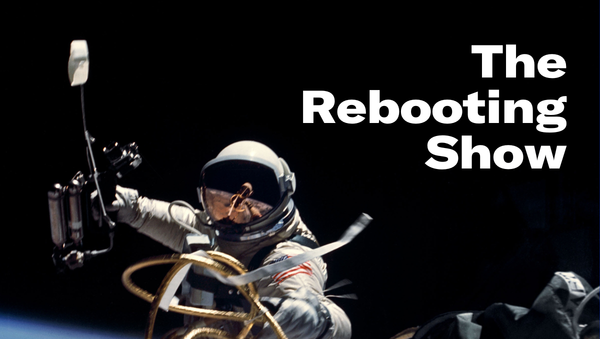Rethinking scale
Even niche publishers need to focus on scale
This week, I decided to write a bit about scale and why it’s needed no matter what kind of publishing business you’re building. Also: some thoughts on the return to the office and how work will change. If you’re not already a subscriber, please sign up.
Rethinking scale
These days, it’s cliche to declare “scale is dead” and follow with something about “riches in niches.” The unbundling of publishing is undeniably being driven by a few key factors:
- Power shifting from institutions to individuals
- Value growing in narrow and deep vs broad and thin
- DTC business models beat intermediated models
And yet, scale still matters, only it’s different. Often when speaking of scale in the publishing business, people tend to use extreme examples, the venture-backed digital publishers ostensibly seeking to “compete” with Google and Facebook. (BuzzFeed is touting this as a main rationale of its public listing.) The problem, of course, is the scale achieved by Google and Facebook is unimaginably large, covering basically everyone on the planet. A recent breakdown of Facebook’s business model that got them to being a $1 trillion company noted that three key factors make it such a powerful ad business: 1. Scale; 2. Valuable audience; 3. Positive ROI.
I like this simple framework because that formula applies to just about all media businesses, including the first part: scale. Competing with Google and Facebook on scale within the context of “all of humanity” is probably a losing proposition, but every publication needs its own scale, not just in overall audience size but data about those people.




